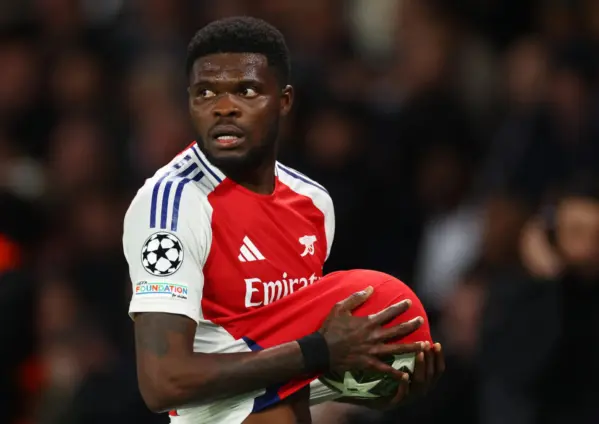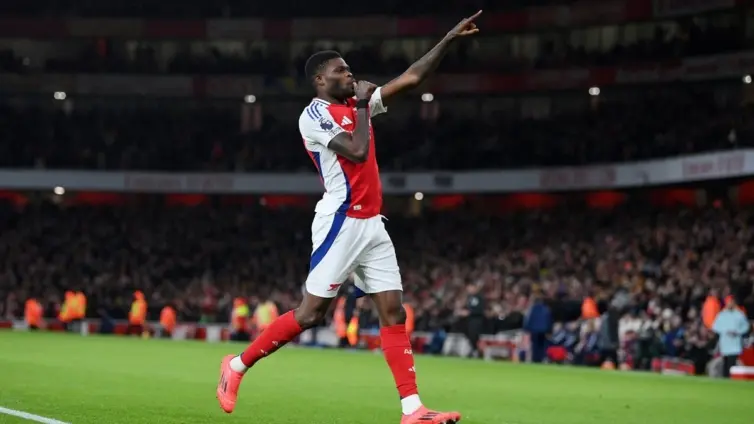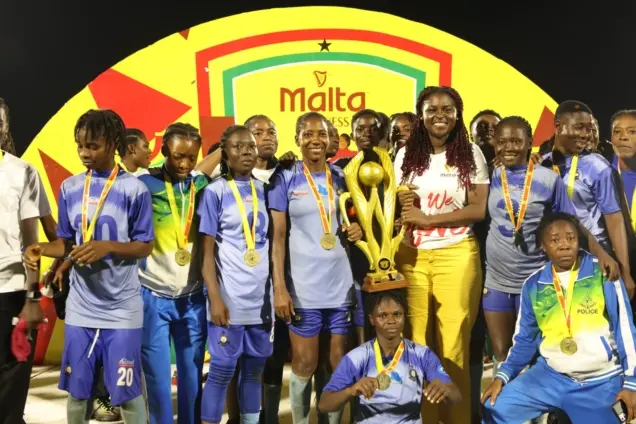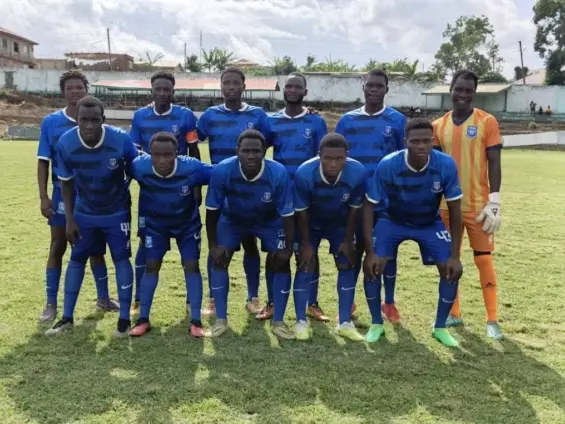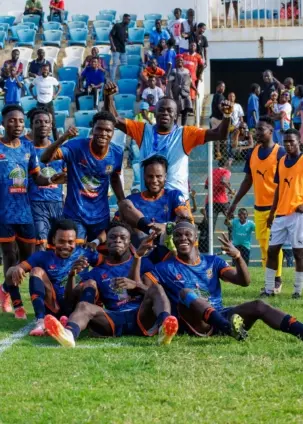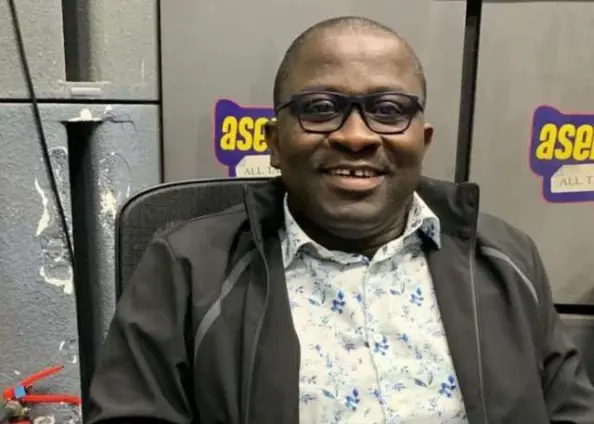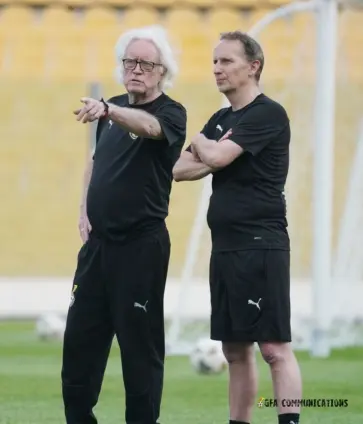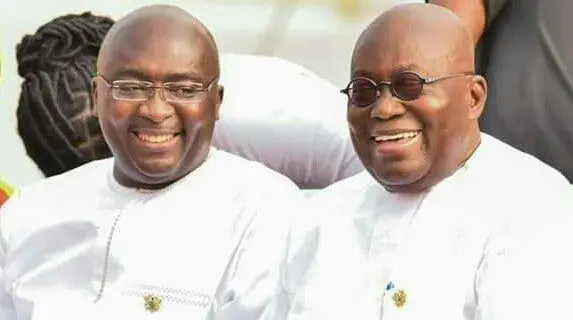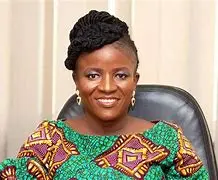The atmosphere at the 2025 Accra Open Championship was electric, yet beneath the surface, a familiar tension simmered. President Bawa Fuseini of the Ghana Athletics Association (GAA) addressed a persistent challenge: the strained relationship between the GAA and the Ghana Education Service (GES). His words painted a stark picture of incompatibility, hindering the progress of young athletes. “It’s a very thorny issue…because the systems are not compatible,” he stated, underscoring the core problem plaguing Ghana’s athletics development.
This article delves into the complexities of the GAA GES relationship, exploring the root causes of this discord and examining potential pathways toward a more collaborative future. The current state of affairs threatens the student-athlete pathway, a crucial element for nurturing talent and ensuring Ghana’s continued success on the international stage. Can a bridge be built between these two vital institutions to support the aspirations of Ghana’s young athletes?
For years, the Ghana Athletics Association has sought to create a synergistic bond with the Ghana Education Service, but the incompatibility between the two organizations has made the GAA GES relationship a difficult one to maintain. This is not for lack of trying.
The incompatibility of the systems between the GAA and GES casts a shadow over the prospects of Ghana’s future athletic stars. President Fuseini’s candid assessment highlights the urgency of addressing this challenge to ensure a viable student-athlete pathway.
Despite the challenges, the GAA remains committed to exploring all avenues for collaboration, recognizing that a strong partnership with the educational sector is essential for the holistic development of athletes. The focus remains on finding common ground and establishing a framework that prioritizes the needs of student-athletes.
The GAA’s leadership believes a strong relationship with educational institutions is critical for providing the resources and opportunities young athletes need to succeed.
The core of the issue, as President Fuseini articulated, lies in the fundamental differences between the GAA and GES systems. Their priorities often diverge, leading to logistical and strategic conflicts. The GAA focuses on specialized athletic training and competition preparation, while the GES is mandated to provide a broad-based academic education to all students. These differing objectives often lead to clashes in scheduling, resource allocation, and overall program design.
The GAA’s attempts to bridge this gap have been met with frustration. “We tried for the past two years to organize a national inter-school championship after interco games…but that one didn’t work out,” Fuseini revealed. This two-year endeavor to establish a national inter-school championship, intended to capitalize on the momentum of inter-school competitions, ultimately failed to materialize. Reasons for this setback could include a lack of funding, conflicting academic calendars, or simply a lack of coordinated effort between the two bodies.
Amidst the challenges with GES, a promising alternative has emerged: a budding partnership with the TVET (Technical and Vocational Education and Training) sector. “Fortunately we have that relationship with the TVET…they are also coming up,” Fuseini noted, signaling a potential shift in focus. TVET institutions, with their emphasis on practical skills and vocational training, may offer a more adaptable environment for integrating athletic development programs. This could involve tailoring training schedules to fit the demands of vocational studies or providing specialized coaching within TVET institutions.
The collaboration between GAA and GES is crucial for student-athletes because it directly impacts their future prospects. Fuseini poignantly asked, “Athletes after senior high school, where do they go, what happens to them?” This question encapsulates the central concern: the lack of clear pathways for athletes transitioning from secondary education to higher levels of competition. Without structured support and opportunities, many talented athletes are lost to the system, unable to pursue their athletic dreams.
The current disconnect hinders the development of a seamless pathway for athletes. Early talent identification, consistent training, and access to competitions are all vital components of a successful athletic development program. A strong collaboration between GAA and GES could facilitate the implementation of structured programs, providing student-athletes with the resources and support they need to excel. This will not only benefit the athletes themselves but also strengthen Ghana’s overall athletic talent pool.
Despite past setbacks, the GAA remains open to collaboration with the GES, but on its own terms. “If the Ghana Education Service want us to work together, we are ready but we’re not going to go begging…” Fuseini declared, emphasizing the need for mutual respect and system autonomy. The GAA is willing to collaborate, but not at the expense of its own principles and objectives. This stance underscores the association’s commitment to maintaining its independence and ensuring that any collaborative efforts are mutually beneficial.
To bridge the gap between the GAA and GES, a comprehensive re-evaluation of system integration is essential. This involves analyzing existing systems to pinpoint specific areas of conflict and devising strategies to align goals. Streamlining collaborative efforts requires identifying common ground and establishing clear objectives.
Establishing clear communication channels between the GAA and GES can help improve the GAA GES relationship. Implementing regular meetings and joint planning sessions will foster open dialogue and mutual understanding. Creating a communication protocol for efficient information sharing will ensure that both parties are informed and aligned.
Pilot programs and joint initiatives can test the effectiveness of proposed solutions. Launching small-scale collaborative projects will provide valuable insights into the practical challenges and opportunities of closer cooperation. Outcomes from these programs should be carefully evaluated to refine strategies and inform future initiatives.
The strained relationship between the GAA and GES presents a significant challenge to the development of student-athletes in Ghana. Collaboration is essential, and the GAA has made its position clear: they are willing to work together, but not at the expense of their autonomy. Finding a way for these two organizations to align their goals and work together is crucial for the future of Ghanaian athletics.
Stakeholders must support initiatives that promote collaboration and student-athlete development. By fostering a more cooperative environment, Ghana can unlock the full potential of its young athletes and ensure continued success on the world stage. Resolving the GAA GES relationship is paramount to achieving this vision.
Image Source: MYJOYONLINE



